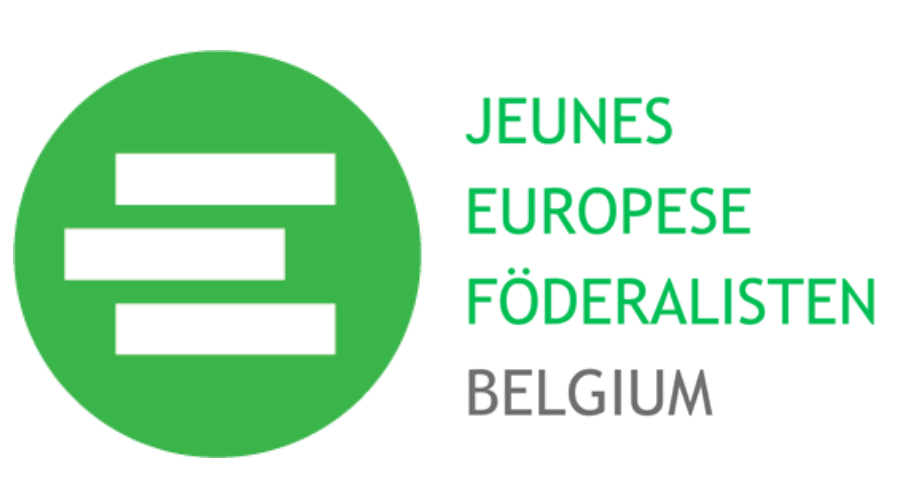Migration issues are possibly the most painstaking agenda items that any nation across Europe is facing at the moment.
With a global financial and labour-market crisis on our hands, along with elevated tensions in Libya, Egypt, Syria, Iraq etc., the stream of migrants trying to make way to a more prosperous and stable labour and living environment is swelling.
The most vivid examples being the stream of Libyan refugees trying to find a safe haven in Algeria and the stranded migrants and refugees on the Italian isle of Lampedusa. In all this commotion and insecurity in going through legal channels to move to another country, well organized criminals are purging thousands of people annually container and trucking companies, often intimidated their families to pay well or not see the end of the voyage through.
Even though asylum and migration policies are traditionally regarded to belong to the sovereign decision-making authority of the Member States, the European Union has moved the past four years to leverage the disparities and provide useful assistance.
Aside from the FRONTEX agency, which operates as a supervising and operational body that coordinates security efforts, and monitors and
disseminates information aimed at combating illegal immigration, the EU installed the novice European Asylum Support Office (EASO) to cooperate with Member States about their policies and procedures (and interpretation thereof) regarding asylum.
This EU ‘regulatory agency’ (currently 31 such agencies exist), was devised under the Spanish Council Presidency and its operational Regulation was signed in May 2010. Based in Malta, it shall work closely with the national authorities responsible for asylum, the European Commission, and the UN High Commissioner for Refugees. The establishment of EASO, succeeding the The Hague Programme for a Common European Asylum policy and the European Pact on Immigration and Asylum (Autumn 2008), indicates that Member States seek aid by institutionally ‘formatting’ the asylum and migration challenges they face. That all sounds pretty formal and nice, but what has changed on the ground meanwhile? Indeed, the financial crisis is putting strain also on the departments dealing with migration, border control, regularisation and crime-fighting (against the human trafficking networks).
The fragmentation of competencies and vast range of well implemented actions required at the EU institutional level also manifests itself in the field of practical cooperation, as current policy and counselling activities on asylum are carried out via two distinct frameworks.
A first initiative called the EURASIL working group, consisting of Commission experts discussing and sharing best practices among member states through regular meetings. EASO has been expected to take over the activities of EURASIL once fully operational, and the agency is tasked with the systematic set-up and improvement of the Common Country-of-Origin Information Portal (COI). This common working database is especially important to detect misuse of asylum procedures (f.i. fraudulent practices with duplicate applications) and to fuse and share migration intelligence for relevant border and (under circumstances yet to be laid down) law enforcement agencies. In this respect, EASO shall beef up the software infrastructure to enable more expedient and practical information exchange of data on asylum applications among Member States and other collaborating states.
Secondly, there’s a particular international (thus broader) network in which a number of EU member states take the lead via specific asylum-related projects. The GDISC network, short for General Directors of Immigration Services throughout Europe (active since 2004 and involving 33 member Immigration Services from the 27 EU Member States and also Turkey, Macedonia, Croatia, Switzerland, Norway, and Iceland) and the European Migration Network (EMN) are examples hereof.
With this being said, it’s easy to recognize that even on the EU level, the instruments remain very intergovernmental, piecemeal and stop short of a truly comprehensive approach. In short: all supernational and cross-border authorities remain fragmented and a bit ‘legally isolated’ along the spectrum. What is duly required here, is a thorough conflation of systemic guidelines and administrative but humane regulation mechanisms, in full compliance with the European Charter of Human Rights.
The author in question in fact foresees six required steps (or criteria) to be taken to realize a durable solution to the dynamic challenges imposed on the European Member States. Stay tuned, as I will elaborate these further in an article which will be released soon.
(of course, new comments on this article or others are quite welcome !)
– Nico Segers
[ Political Secretary – JEF Belgium]
